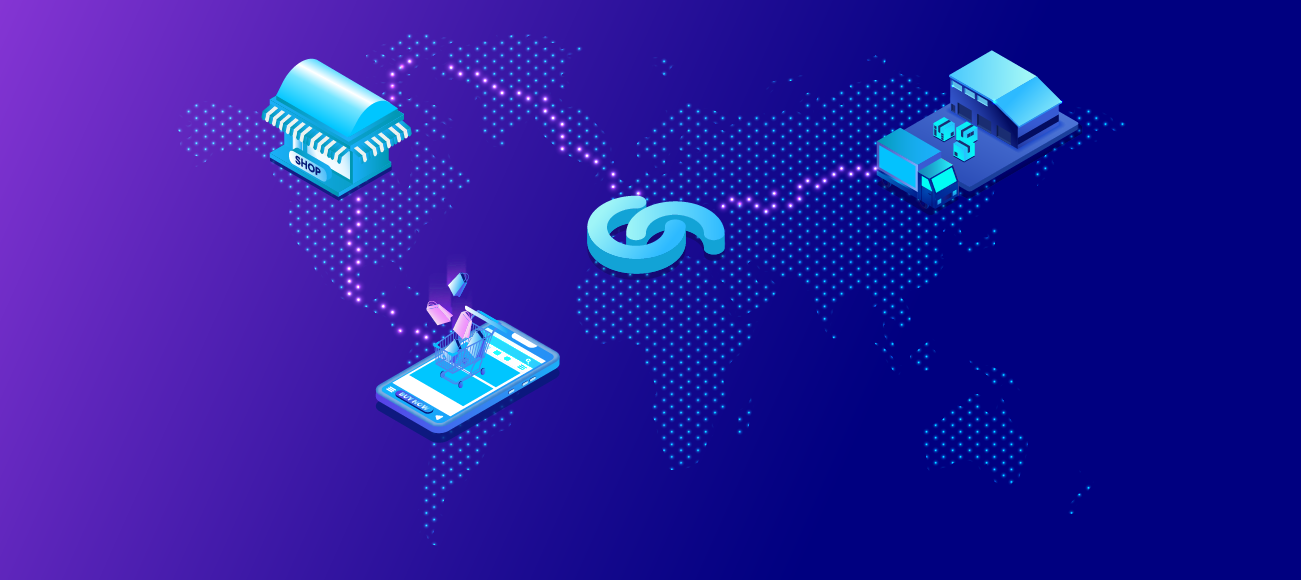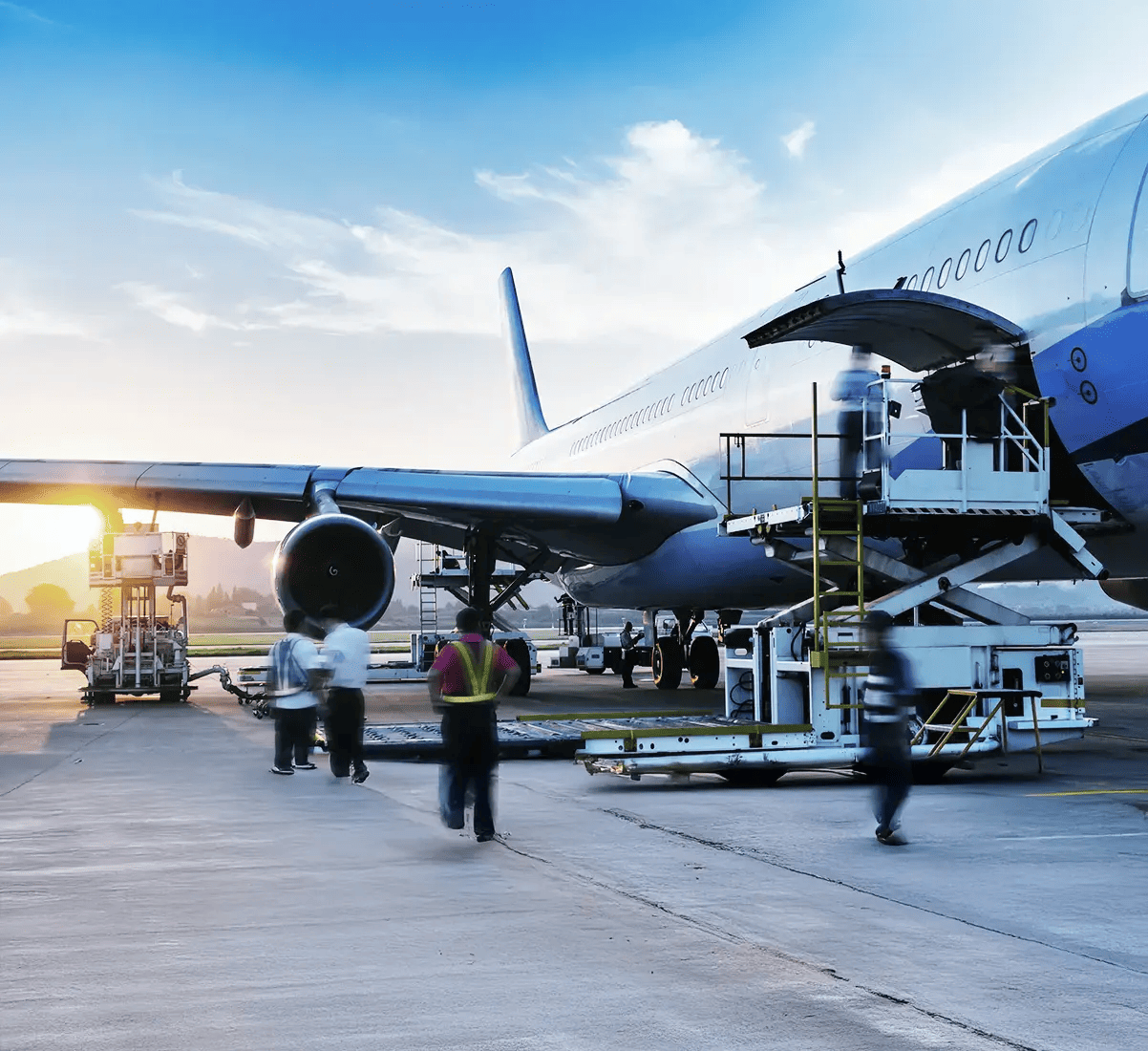Every logistics CFO has faced the same moment with their parcel P&L. The books show profit, but the bank balance tells a different story. Somewhere between shipment, invoice, and reconciliation, profit disappears. It doesn’t vanish in dramatic losses but leaks quietly, parcel by parcel, through a series of small, almost invisible errors. The issue isn’t on the surface of your balance sheet. It lives in the operational fog, where missed surcharges, mismatched rate cards, and manual mistakes slowly drain margin. By the time Finance discovers the problem, the damage has already reached the bottom line.
Below are seven hidden costs that quietly undermine your parcel P&L and how automation exposes and more importantly eliminates them.
1. The Missing Surcharge
Carrier invoices are full of small add-ons that easily escape attention: fuel, residential delivery, remote area, and weekend fees. Manual reviews rarely catch everyone, and many charges slip through unchallenged.
How automation finds it: By digitising every rate card and comparing carrier charges in real time, automation flags discrepancies as they happen. Finance teams gain live P&L visibility and can stop overpayments before they occur.
2. The Unclaimed Pass-Through
When customer billing doesn’t align with carrier invoices, it leaves money on the table. A delivery fee or surcharge might appear on the supplier side but never reach the customer invoice, eroding margin one transaction at a time.
How automation finds it: Finance automation maps costs to revenue automatically, ensuring that every expense on the payable side appears on the receivable side. The result is a balanced, accurate ledger that keeps your parcel P&L intact.
3. The Mis-Rated Parcel
A slight mismatch in parcel weight, zone, or service level may seem trivial, but at high volume those differences can distort unit economics. Over time, these small gaps accumulate into significant lost profit.
How automation finds it: Automated validation checks shipment data against contracted rate cards and highlights errors instantly. Finance gains continuous oversight of parcel-level costs, and teams can correct inaccuracies before they distort reports.
4. The Late Invoice
Relying on manual reconciliation means waiting for supplier invoices before accruing costs. By the time the bill arrives, the financial snapshot is already outdated, leaving your cash flow forecast off balance.
How automation finds it: Automation forecasts supplier costs in real time, using shipment data to estimate charges accurately. Finance can see accruals as they form, achieving live P&L visibility that replaces guesswork with precision.
5. The Manual Error
When numbers move between spreadsheets and systems by hand, accuracy is always at risk. A misplaced decimal or transposed figure can alter results and create days of confusion during reconciliation.
How automation finds it: With integrated finance automation, data moves seamlessly from shipment to ledger without human input. Each entry is validated automatically, ensuring accuracy and freeing teams from repetitive checking.
6. The Blind Spot Between Systems
Operations teams manage parcels while Finance manages payments, and when those systems don’t align, mismatches become inevitable. Missing data, duplicate entries, or timing differences create a constant cycle of reconciliation and dispute.
How automation finds it: A unified platform links billing, operations, and finance data into a single view. The entire organisation works from one version of the truth, providing the clarity that parcel-based businesses have long lacked.
7. The Cost of Time
Every hour spent chasing invoices or cross-referencing ledgers is an hour that could be used to analyse margin or improve forecasting. Time lost to manual processes is a hidden cost that limits capacity and accuracy alike.
How automation finds it: Automation compresses hours of manual reconciliation into minutes. Finance teams can focus on strategic tasks like forecasting and rate optimisation rather than routine administration.
The Bottom Line
Revenue leakage rarely announces itself. It hides within data gaps, manual steps, and delayed reconciliations that distort financial reality. Automation doesn’t just stop these leaks; it makes them visible, measurable, and preventable.
When every parcel, every cost, and every revenue line are visible in real time, finance teams gain the confidence to act decisively. Live P&L visibility turns uncertainty into control, and finance automation turns control into sustained profit.
In e-commerce logistics, precision isn’t just about movement it’s about knowing exactly where every penny lands.
Want to see how GN TEQ delivers this level of control?
Contact us to discover how our finance automation platform brings complete live visibility and accuracy to your parcel P&L.


